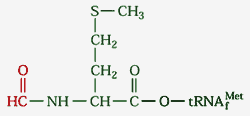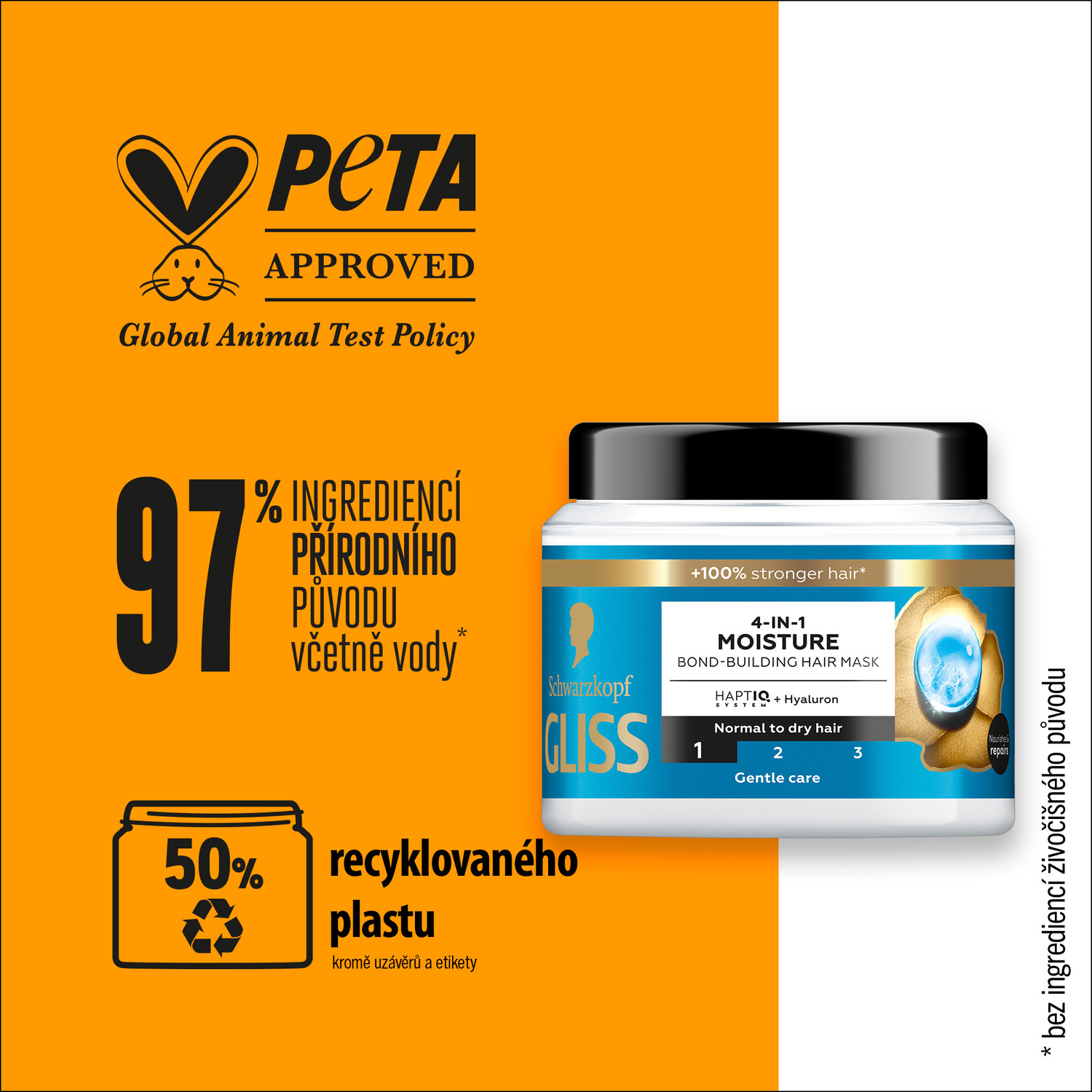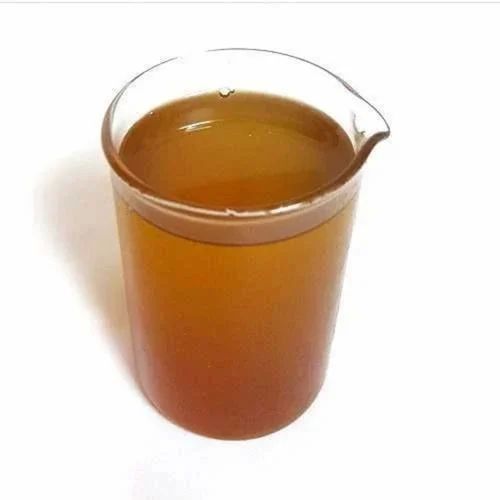Honey Bee Nutrition
페이지 정보
작성자 Aurelia 작성일25-06-21 02:28 조회6회 댓글0건관련링크
본문

 Sugar concentration in nectar can fluctuate extensively, from 5% to 75%, though most nectars are in the range of 25% to 40%. A honey bee uses her proboscis to suck up nectar from flowers and stores the liquid in her honey crop. A colony with 50,000 bees therefore needs 1.1 liter (about 2 pounds) of 50% sugar syrup per day (about half a gallon of nectar at 25% sugar concentration), which does not include brood rearing and different activities. Nectar is the principle source of carbohydrates in the natural eating regimen of honey bees. The pure coloration starting at the nap of the neck the mechanism is the regeneration of the pigment glands at the bottom of the hair follicle. Mandibular glands are simple, sac-like buildings hooked up to the base of each mandible. The glands first secrete the protein-rich element of royal jelly in younger bees, however then secrete invertase, which is used to transform sucrose to easy sugars (fructose and glucose), in foragers. Invertase converts sucrose into two six-carbon sugars, glucose and fructose.
Sugar concentration in nectar can fluctuate extensively, from 5% to 75%, though most nectars are in the range of 25% to 40%. A honey bee uses her proboscis to suck up nectar from flowers and stores the liquid in her honey crop. A colony with 50,000 bees therefore needs 1.1 liter (about 2 pounds) of 50% sugar syrup per day (about half a gallon of nectar at 25% sugar concentration), which does not include brood rearing and different activities. Nectar is the principle source of carbohydrates in the natural eating regimen of honey bees. The pure coloration starting at the nap of the neck the mechanism is the regeneration of the pigment glands at the bottom of the hair follicle. Mandibular glands are simple, sac-like buildings hooked up to the base of each mandible. The glands first secrete the protein-rich element of royal jelly in younger bees, however then secrete invertase, which is used to transform sucrose to easy sugars (fructose and glucose), in foragers. Invertase converts sucrose into two six-carbon sugars, glucose and fructose.
 Certainly one of our members regenerated his liver from 25 years of Hepatitis C with only organic sulfur after 15 month of two table spoons of sulfur twice a day. FDL Ltd, with projected 2023 sales of USD a hundred and twenty million and a strong presence in the European food service phase, operates three production services and two innovation centers in the UK. Other plants are toxic to bees as a result of presence of alkanoids in nectar. Foragers add enzymes (invertase, glucose oxidase) to nectar throughout foraging, so some digestion is already occurring earlier than nectar is introduced again to the hive. Except for being used as an power supply, glucose will also be converted to physique fats and stored. Three enzymes have been also detected within the RJ: glucose oxidase, peroxiredoxin, and glutathione S-transferase. Receiver bees deposit nectar into cells and dry the nectar both on their mouthparts, by forming a big drop between the proboscis and the mandibles, or by fanning over the cells. The moisture must be decreased to 17%-18% before bees consider the honey "ripe" after which seal the cells. Adult bee paralysis in bees in Germany was also attributed to high Potassium and/or Phosphorus and low Sodium concentrations. Nectar from these plants is normally toxic to each grownup bees and brood, and the vast majority of them also toxic to people.
Certainly one of our members regenerated his liver from 25 years of Hepatitis C with only organic sulfur after 15 month of two table spoons of sulfur twice a day. FDL Ltd, with projected 2023 sales of USD a hundred and twenty million and a strong presence in the European food service phase, operates three production services and two innovation centers in the UK. Other plants are toxic to bees as a result of presence of alkanoids in nectar. Foragers add enzymes (invertase, glucose oxidase) to nectar throughout foraging, so some digestion is already occurring earlier than nectar is introduced again to the hive. Except for being used as an power supply, glucose will also be converted to physique fats and stored. Three enzymes have been also detected within the RJ: glucose oxidase, peroxiredoxin, and glutathione S-transferase. Receiver bees deposit nectar into cells and dry the nectar both on their mouthparts, by forming a big drop between the proboscis and the mandibles, or by fanning over the cells. The moisture must be decreased to 17%-18% before bees consider the honey "ripe" after which seal the cells. Adult bee paralysis in bees in Germany was also attributed to high Potassium and/or Phosphorus and low Sodium concentrations. Nectar from these plants is normally toxic to each grownup bees and brood, and the vast majority of them also toxic to people.
This structure, the proventriculus, can let some nectar in when the forager needs energy on its approach home, take away pollen inside the nectar, and function a one-approach valve to forestall backflow from the midgut. Pollen is collected both by pollen foragers, which specialize on pollen assortment, or nectar-foragers, which happen to be dusted with pollen. Pollen foragers unload their pollen by "kicking" the pollen pellets off their legs right into a cell, which often already has pollen in it, and then the pollen pellets are "hammered" into a paste-like consistency by other staff. Pollen is combined with glandular secretions to provide "bee bread," which is consumed by young bees, thought of the "social stomach" for protein digestion (as a result of foragers can not digest pollen straight, however still want protein (Moritz and Creilsheim, 1987). Rearing one larva requires 25-37.5 mg protein, equivalent to 125-187.5 mg pollen (Hrassnigg and Crailsheim, 2005). Newly emerged bees have undeveloped hypopharyngeal and mandibular glands. Foragers then move the nectar to particular "receiver" bees, that are center-aged bees that have finished nursing, but haven't began foraging yet. This ensures that no contamination of nectar or honey can take place.
The early work that had been carried out in China starting within the 1920s bore its first actual fruit in Hong Kong, the place the first major step in East Asia's fashionable soymilk renaissance took place in 1940. That year the Hong Kong Soya Bean Products Co. started to make Vitamilk (renamed Vitasoy within the mid 1950s). The corporate had onerous occasions throughout its early years and went out of business in December 1941 as World War II started. The crop is a specialised part of the digestive system, and has a structure between it and the midgut, the place digestion takes place. Trichloroisocyanuric acid(TCCA) Available CL.(%): 90% min HS CODE: 29336922 molecular system:c3n3o3l3 molecular weight:232.Forty four appearance:white crystal powder, granular or B2B amino acids brand promotion collaborator tablet use:it is use as waste disposal, woof shrinkproof.chlorniation agent in business; as seedsand soil disingectant in agriculture; it could possibly aslo be properly utilized in breeding. TCCA effervescence tablet look:white pill use:it's use as waste disposal, woof shrinkproof.chlorniation agent in business; as seedsand soil disingectant in agriculture; it might aslo be well used in breeding. Name:Calcium Formate Molecular system::C2H2CaO4 Main Application: A form of latest feed additive which is used as feed acidification, antifungal agent, antibiosis agent to guard animals from diarrhea, dysentery and assist them in digestion; solidifying agent for cement; lubricating agent; acidifying agent as an alternative of citric acid.
댓글목록
등록된 댓글이 없습니다.
